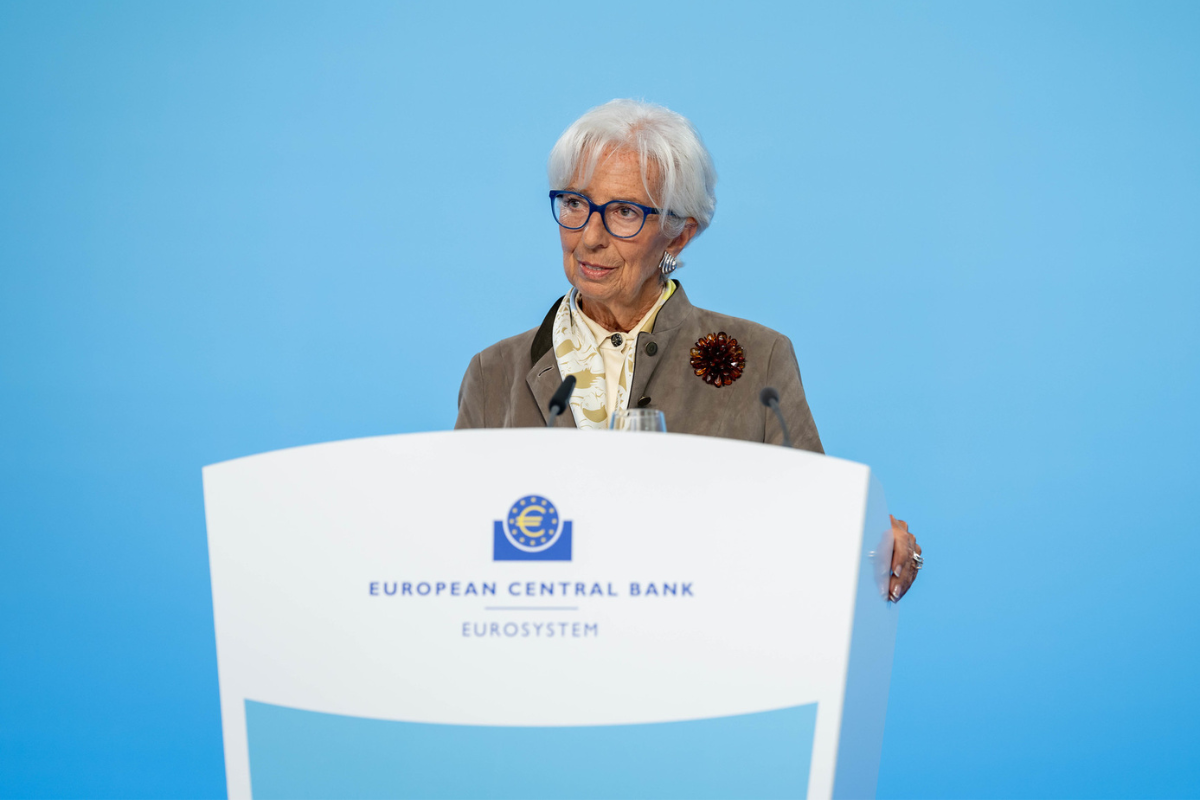The week draws to a close with attention focused on how markets have reacted to the latest monetary policy decisions: the Federal Reserve (Fed) confirmed a 0.25% cut, while the Bank of England (BoE) and the Bank of Japan (BoJ) kept rates unchanged. As a result, the U.S. dollar edged higher on Thursday after a volatile trading session, the British pound weakened, and the dollar/yen rate dropped more than 0.52% immediately after the decision.
According to the view of international asset managers, Western central banks are currently at a point in the cycle close to the neutral interest rate. “That is, the equilibrium point at which interest rates neither restrict nor stimulate economic activity and may be influenced by various factors, such as productivity growth or demographics,” explains James Bilson, global fixed income strategist at Schroders. Despite the great expertise of monetary institutions, it is very difficult to determine exactly what the neutral rate is. In Bilson’s view, if a central bank believes it has reached neutrality, it is likely to react to new data differently than one that believes it is still in restrictive territory.
The Fed: A Balancing Act
In that pursuit of balance, data continues to serve as a compass for monetary institutions and, of course, for the Fed. According to Jean Boivin, head of BlackRock Investment Institute, the outlook for Fed rate cuts depends on the labor market remaining sufficiently weak, making future policy highly data-dependent. In fact, Powell referred to this as a “risk management” cut, emphasizing the move as a form of insurance against growing signs of labor market weakness.
For Boivin, it is important to take a broader view. “Powell acknowledged that there is no risk-free path for policy and the ongoing tension in his dual mandate to support growth and contain inflation. We see the real tensions elsewhere: keeping inflation in check and managing debt servicing costs. Again, a weak labor market gave the Fed cover to resume rate cuts. That tension between inflation and debt servicing costs could easily reemerge if Fed rate cuts help boost business confidence – and hiring. For now, markets see that tension easing – and the premium investors demand for holding long-term bonds has sharply declined in recent weeks,” he notes.
BoE: Containing Inflation
In the United Kingdom, the Bank of England (BoE) met market and expert expectations by holding interest rates steady, once again at 4%. According to Mahmood Pradhan, director of Global Macroeconomics at the Amundi Investment Institute, although the decision was clear, the monetary institution still faces tough choices on what to do next. “August figures showed that inflation is high and persistent, but growth is patchy, and the Fed appears to be back on a prolonged rate-cutting path. We believe the BoE will need to cut 25 basis points in December, and reducing its balance sheet by £70 billion over the next 12 months is in line with expectations, but the £20 billion reduction in gilt sales should support the bond market,” explains Pradhan.
According to Mark Dowding, BlueBay CIO at RBC BlueBay Asset Management, the BoE governor may want to cut rates if possible, but this will depend on price moderation or a faster cooling in employment data. His outlook is clear: “We continue to believe that stagflation risks are present in the UK, and therefore it will be difficult for the BoE to act. Meanwhile, political risks keep us cautious on the pound. Certainly, if Starmer were to step down suddenly at some point, we think this could lead to significant pressure on UK assets and the currency, due to fears of a more hard-left alternative.”
BoJ: A Hawkish Tone
In Japan’s case, the BoJ kept rates unchanged—a decision also widely expected by the market. However, experts noted the surprisingly hawkish tone, and a rate hike is now being priced in for the October meeting. According to Dowding, it seems plausible that the BoJ wants to wait for greater clarity around Japan’s political leadership following Ishiba’s departure. “If the LDP leadership race results in a ‘business-as-usual’ candidate like Koizumi, this could pave the way for a potential rate hike as early as October – a scenario that could also see the yen strengthen further,” says the RBC BlueBay AM expert.
For Christophe Braun, Director of Equity Investments at Capital Group, the BoJ’s decision underscores its cautious stance amid slowing inflation and global uncertainty, prioritizing stability over premature tightening. “By preserving policy flexibility, the BoJ signals its readiness to respond to external volatility while continuing to assess the strength of Japan’s economic recovery. Unlike the U.S. and Europe, where central banks are leaning toward rate cuts, Japan’s macroeconomic conditions require a more deliberate approach. The BoJ’s strategy supports the early stages of a deflationary cycle, rather than reversing course. We expect the yen to strengthen gradually as interest rate differentials narrow, which will increase Japan’s purchasing power and support domestic demand,” explains Braun.




